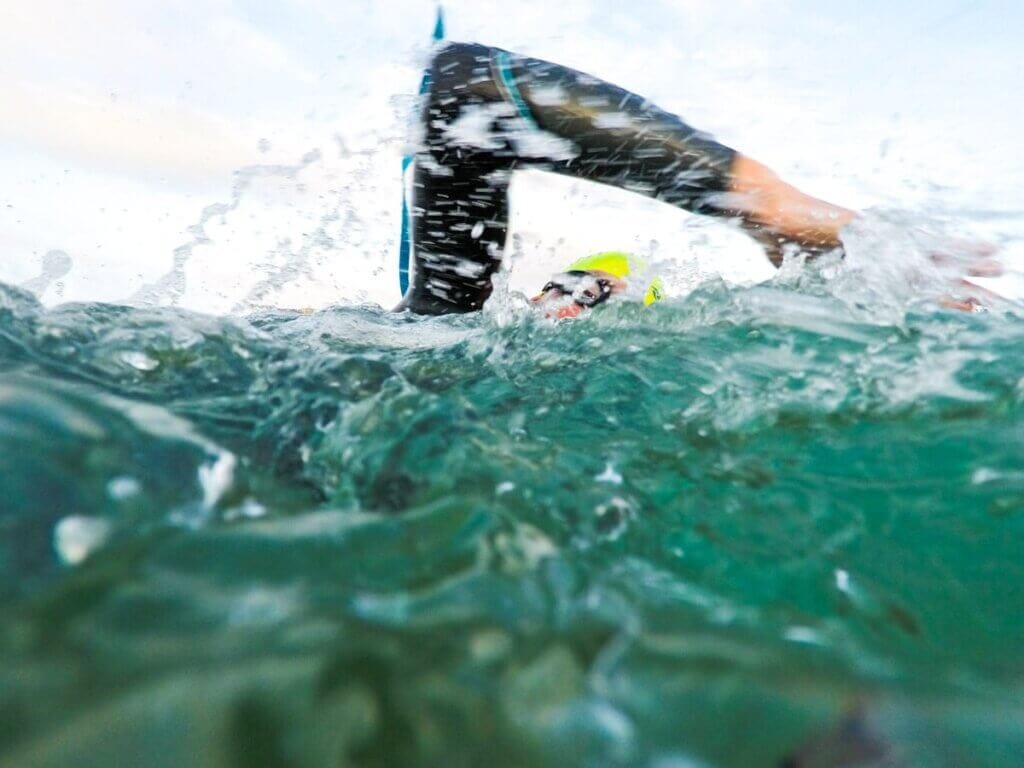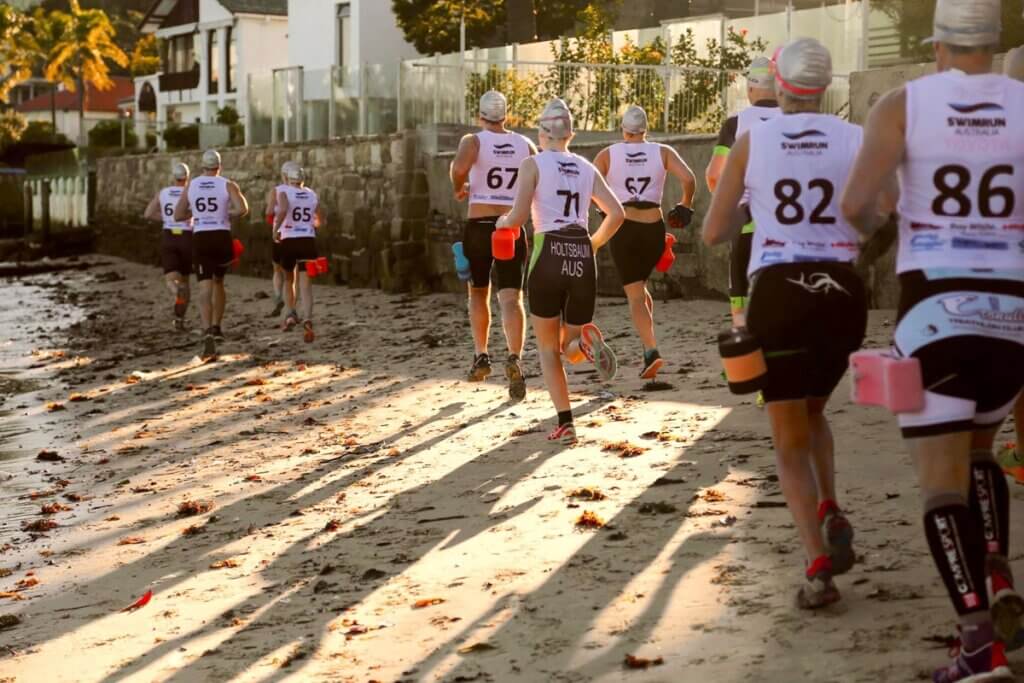Why you shouldn’t self-diagnose your injuries
People tend to think that previous athletic experience is more important than knowledge when it comes to injury rehab and performance.
One of the biggest frustrations that so many physios have is when someone comes in for treatment with a self-diagnosis saying that they know what is wrong with them because their coach, their parent and sometimes even their neighbour told them that they had had or seen the same thing and so, therefore, it had to be this or that.
Choose personal experience over professional advice at your own peril
Whenever I hear this, I tell the individual a story about a young rugby league player.
He was playing in the junior divisions of a very popular NRL team.
The player sustained a cork in the muscles around his shin and came off the field.
The coach said he was soft and that plenty of players played on with corks.
He couldn’t run and so stayed off the field.
This team didn’t have a Doctor or a Physio, and the coach said after the game to just ice the cork as he’d had plenty in his day and he’d seen plenty of his players have them as well and that it would settle really quickly. So the player went home.
However, the pain was so bad that he went off to an emergency department.
He was triaged in the emergency dept. and the nurse told him it was just a cork and that there was going to be a long wait to see a Doctor so he called a few players and his coach and asked for their advice.
They said he would be fine, so he left the emergency department.
The pain didn’t settle and so he returned to the emergency department the next day. This time there was no real wait to see a Doctor.
What follows is what nightmares are made of.
The Doctor was shocked he had waited so long to see someone. He was also shocked that the team didn’t have a Physio and that he hadn’t been rushed to hospital after he came off the field.
From there the young player was rushed into surgery where they did everything to try and save his leg. Five hours later he emerged from the operating theatre with below-knee amputation.
In short, corks to the lower leg have a high risk of causing compartment syndrome. The muscle bleeds from the impact and can’t escape. This pressure builds up and blocks the blood supply to the surrounding areas. Without blood, the surrounding areas become ischemic and die.
So what went from a relatively common footy injury, ended up costing the young player his leg.
There were many problems in the chain of events, but the main problem was that people were placing personal experience over professional advice.
This is an extreme case, but a valuable lesson.
Your shoulder pain, neck pain, ankle, knee etc isn’t necessarily the same as your neighbours. So get it checked out by a professional before you do anything else.






Responses